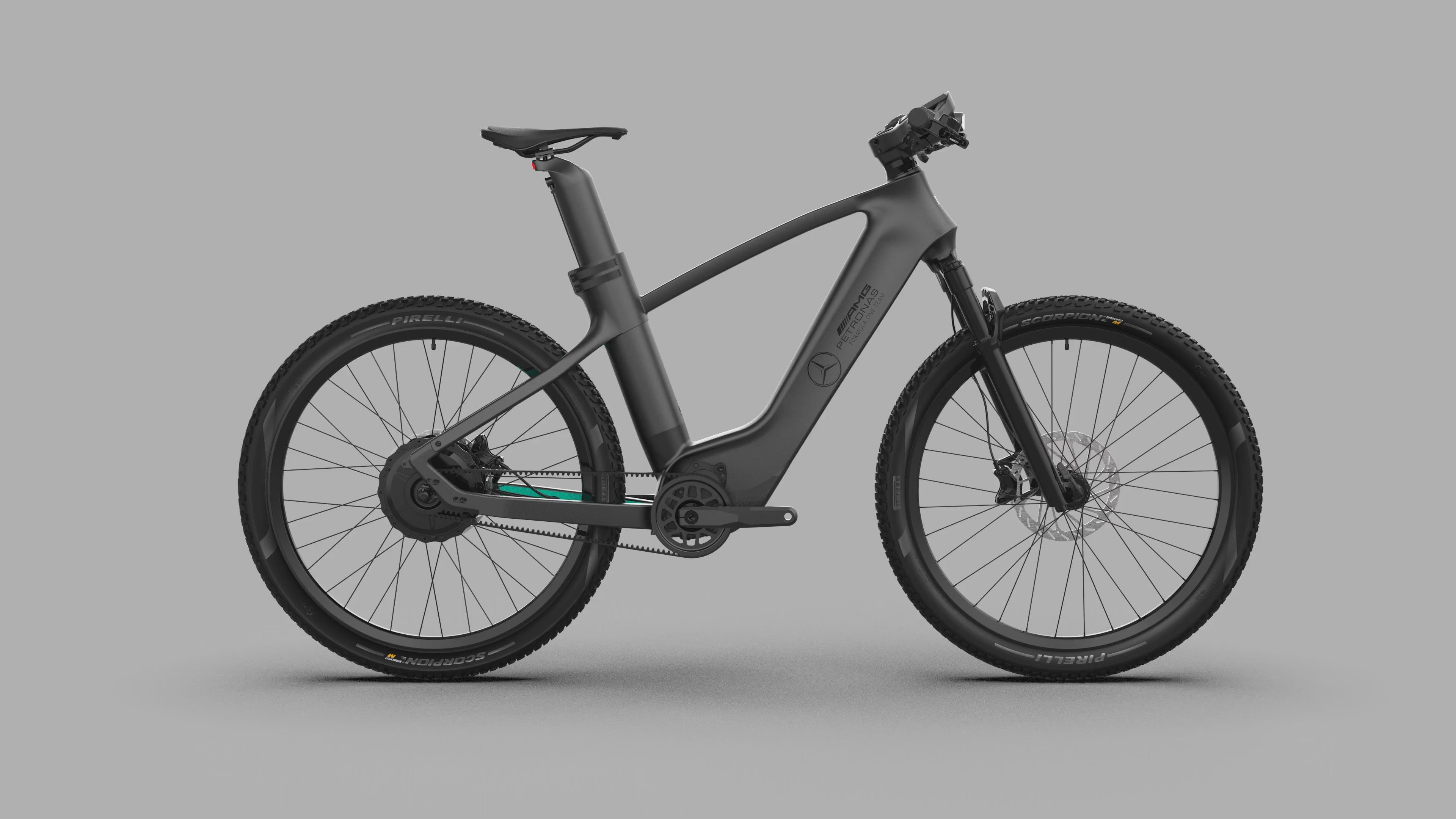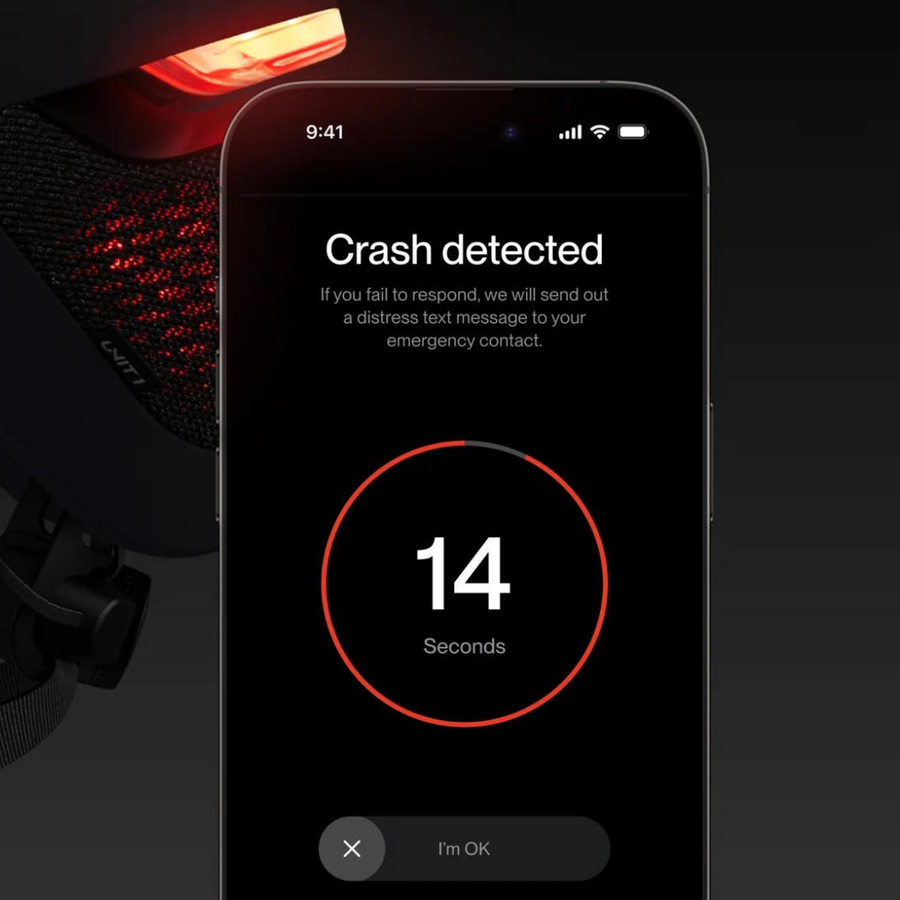The bike industry is at a halfway point to somewhere—where exactly is not entirely clear. With Eurobike in the review mirror and Taichung Bike Week coming up, this month we pause to reflect on the issues in the middle of what has already been a tumultuous and revealing decade.
Contents
The Next 1/2 Decade
Strictly speaking, going by the math, we still have one more year until mid-decade (2025) since the decade runs from 2021-2030. Still in popular culture we all rate year “0” as the start of the decade; so let’s go with that, which means 2024 marks the halfway point.
Whatever the case, the e-bike market is arguably saturated. Consumers have a bewildering variety of choice amongst the forest of brand offerings—many brands with mediocre product do well due to good marketing and/or great, customer service. Others with genuinely innovative offerings don’t do as well as they might since their marketing is not competitive.
The industry is at the 10 year point from when e-bikes finally caught on having existed in one form or another for several decades prior. The possibilities offered by e-bikes were firstly embraced by diehard (e)MTB enthusiasts. Their adoption quickly spread as motor and battery design rapidly evolved. Now “micromobility” is the organizing category, and contains all manner of personal electrical vehicles.
There are a couple of key themes to be mindful of. One is the ‘right to repair’ reflecting the EU’s determination to achieve carbon neutrality by 2050. One other, of course is AI, the big one. Yet AI technology is problematic from the viewpoint of carbon neutrality. For example, a Chat GPT query consumes 10 times the energy that a Google query consumes.
Net overall carbon neutrality, then, becomes exponentially more unlikely given the expected seamless integration of AI technology into the smaller devices making up larger complex units within a decade, two at the most. An obvious and perhaps even essential way to add value will be through integrating (truly useful) AI functions into e-bike components or systems. Not many companies are following clear pathways with successful track records on that account. And right now many formerly (overly) enthusiastic supporters of AI are questioning if they may have been deluded by the hype cycle that accompanies the emergence of every technology with consequence.
Is Hydrogen the Answer?
The first ever combustion engine was actually driven by a combination of hydrogen and oxygen in 1804—220 years ago, even before the electrically powered phase of the Industrial Revolution. The world has since descended into a carbon-based energy economy; carbon remains key as long as batteries are charged from a mainly coal-fired electricity grid.
HYRYD have been working in hydrogen for some time and are looking to “lead the hydrogen energy revolution on a global scale.”

While most everyone else is focusing on battery size and output, HYRYD provide their energy source in a sleek hydrogen bottle which can absorb >500x its volume. And the motor processes hydrogen into the kinetic energy a cyclist needs.

Instead of charging a battery you generate a hydrogen and oxygen mix at home—it takes 5 hours to generate 20g of hydrogen. You fill the unit’s tank with purified water and then plug in the power commencing the hydrogen production process.
So, yes, power off the grid is required to produce hydrogen. If the grid consists largely of renewables, that’s at least a step towards a more sustainable regime. But until then, the devil is in the detail of just how efficient the hydrogen production unit is, a point this company does not touch on.
The MIT Technology Review discusses the issues. Hydrogen has a high energy density. Given a hydrogen tank and LI battery of the same weight, you’ll get more energy out of the hydrogen. But that efficiency only kicks in over long distances which are rare for bikes—the goal is for e-bikes to fulfill the micromobility function of replacing cars for the majority of trips which are under five kilometers.
China leads in the e-bike and battery sector and, as you’d expect, continues to look carefully into hydrogen. Some cities are experimenting with hydrogen on bike share schemes due to the dangers of lithium-ion batteries—there was a greater than 17% increase in reports of e-bike fires in 2023 compared with 2022. It itself that’s a good reason. But if the main reason for battery fires is non-branded or poor quality batteries lacking a BMS, then even that rationale is weakened. Here’s a Reddit discussion on the subject, which sums up why e-bikes will dominate, and not hydrogen bikes, a status quo likely to endure.
Infrastructure is the Problem
We live in a world where in both the city and the country—but especially the city—dedicated spaces on existing roadways or simply separate roadways make all the difference to cyclists. Combining cars and bikes leads to continual tragedy. Everywhere. So, no matter how enticing the tech, no matter how efficient the e-bike or cutting edge, having the right type of pave makes all the difference.
Says one potential cyclist:
“I’d love to ride more and use the bike for things like grocery getting, but there’s a busy street in every direction with poor or nonexistent bike infrastructure, and the sprawl where I live much of the time puts many of the things my family needs a pretty long ride away.”
Copenhagenization, the concept and vision that Mikael Colville-Anderson has been working towards for nearly two decades has been successfully demonstrated in, well, Copenhagen . . . and in many parts of the Netherlands. Cities around the world are either establishing bicycle lanes or constructing cycling routes and separating people on bikes and cars.
Quick build is one answer to lack of infrastructure. During the pandemic, everyone wanted any sort of bike that they could get their hands on. Both e-bikes and non-powered models became almost impossible to find of course. And now the e-bike industry has hit some hard times during the long Covid-19-caused hangover. Yet it spawned the creation of a raft of quick-build techniques in California. CalBike published a manual to assist cities in coming up with ways to rapidly modify streets to safely accommodate bikes and become less car centric.
Fixing the infrastructure will make all the difference to a struggling bike industry and brands that are at the moment just intent on surviving. Achieving the greater utopian vision of Cities of the Future, Smart and Green, will depend on building in infrastructure prioritizing journeys by (e)bike, and not cars.
New Tech
An increasingly prominent theme in the last 5 years is the entry of big tech, of legacy car brands, into the e-bike space. Mercedes, for example, have introduced a new series drawing on its 75 years of Formula One racetrack technical expertise.
The Mercedes-AMG F1 Rallye Edition sums up the direction Mercedes are heading “at the limit of street-legal performance.”

Key features include a semi-automatic Pinion gearbox, consistent with the trend towards integrating gears and motors (with a Pinion of course). The added extra is the 0.2 second gear changes that mirror the lightning fast gear shifts typical of Formula One machines. And it will shift under load on rugged terrain. Fast and seamless shifting—other brands take note. The battery delivers 70 miles on one charge. If you’re going fast, you’ll be making good time that’s for sure. The top speed at assist is 28mph.

A included extra is the smart helmet which communicates with the lights and turn indicators through bluetooth.

And if the rider in the cockpit slams into a barrier somewhere, a message is sent to designated contacts.
All three models—the Track, Rallye, Urban—released in this series retail for well under 10k, which won’t hurt the chances of earning a place in the growing pantheon of e-bike offerings. One thing’s for sure. A brand is probably better taking a unique high tech approach, although not many will have Mercedes depth of prestige and the same deep pockets to fund that sort of potentially exciting innovation.
eMTBs for Tweens
With multiple e-bike offerings in every category, one way to squeeze further growth in each is to cater to youth.
Rocky Mountain have introduced the Reaper Powerplay, the first mid-drive full-suspension MTB for tweens and teens. A key feature is 24” wheels as you would expect. An added key feature is the ability to fit 26” wheels for when a youngster progresses in the direction of a full size bike.

40Nm of torque is probably quite enough for what can be termed a “beginners” bike in all but name. The 300 W maximum power output and 240 Wh capacity also fit right in here.
Last Mile Logistics
Be ready to see a lot more of these in city centers although “e-bike” does not sum this up at all.

“Motorized recumbent quad bike” is a better fit. Others argue that it’s a truck. The brand, Cityshuttle, insist the “ePack” is a bike, even though it lacks a chain: turning the cranks delvers a signal to the motor to work at a certain level.
The controversy centers on the inevitable future interactions between these cargo movers and the pedestrian public, which takes us back to the issue of infrastructure with which we started this month’s survey—the long term issue that will be in degrees of conflict with future technology.
100% Electric Design
“Designed Electric
Engineered to Fold”

Five words that capture yet another folding electric bike . . . except one built on a significant design innovation—you’ll end up with a better product if you start from the electric element and work towards the bike and the folding mechanism. The design of this small folding bike began with the top tube, made wide enough for an adequate battery. It’s single speed and is powered by a rear hub drive.
The manufacturing process has also been a focus of innovation—frames are not welded, but bonded:
“The heat used in welding leads to distortion. This is a perfectly normal part of the welding process but has to be accounted for. On non-folding bikes a little frame distortion isn’t too noticeable, but with folding bikes, a small difference in frame alignment can cause a misalignment when folded. This means in turn that parts don’t lock together or slide into gaps where they should.”
At a minimum you get a much more precisely engineered fold. An added bonus is that, since the Flit is entirely anodized and not painted, the problem of anodizing welds is avoided.
Vape-powered DIY E-bikes
Vape disposal is a problem due to the lack of any sort of receiving and reprocessing system for these units—844 million are disposed of worldwide according to to one study.

A software engineer has worked out how to safely combine batteries from discarded vapes into rechargeable battery units. 70 vapes yield 10 strands of batteries, each strand containing 7 batteries.
Connect the power source to the hub drive. Off you go.
The engineer, Mark, certainly put a lot of time into testing each battery and the final result to reduce the chance of battery mishaps. Could a company scale this in some way? Probably not since the choke point is the time—and thus the expense—of retrieving useable cells and processing them into units.
